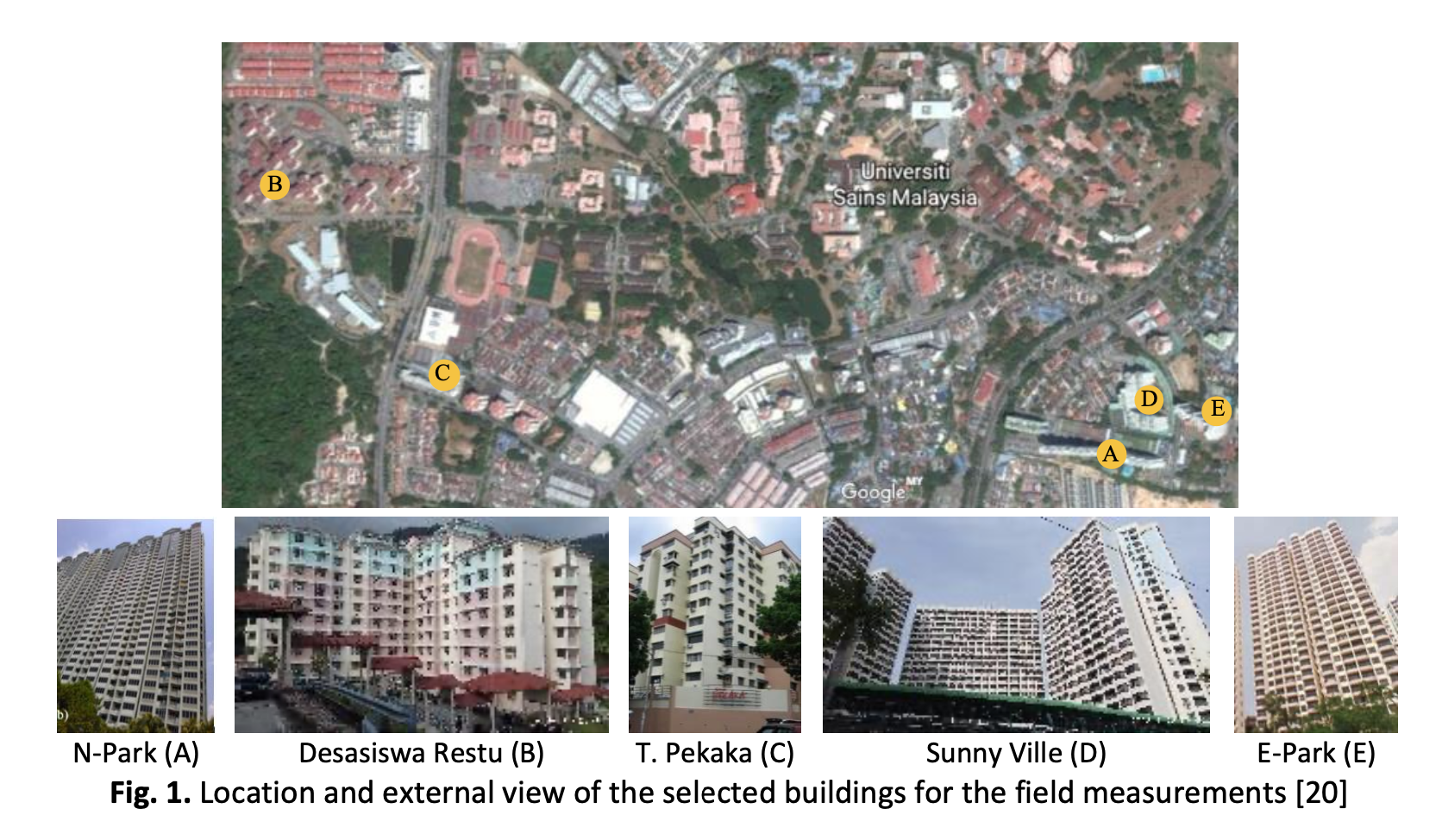Field Assessment of the Indoor Thermal Environment and Thermal Comfort Levels for Naturally Conditioned Residential Buildings in The Tropical Climate
DOI:
https://doi.org/10.37934/arfmts.100.3.5166Keywords:
Adaptive model, indoor thermal environment, naturally conditioned building, thermal comfort, building orientationsAbstract
As we spend most of our time in indoor spaces, half of the energy consumption in buildings is used to improve the indoor thermal environment to achieve thermally comfortable conditions. However, studies showed that people in naturally ventilated buildings have a broader thermal comfort zone. Additionally, people in hot areas can tolerate higher indoor temperatures. Therefore, this work investigates and evaluates the indoor thermal environment and the thermal comfort level in naturally conditioned buildings. Field measurements were conducted in various residential spaces in different buildings. The measurements were used to calculate the operative temperature (Tₒₚ), which was utilized to evaluate the thermal comfort level based on the adaptive models and taking into account the effect of the various orientations. The results showed that maximum Tₒₚ ranged between 27.70 ℃ and 35.50 ℃, depending mainly on the space’s orientation. Additionally, the thermal discomfort time ranged between 0% and 73%. The South & East, Southeast, South, and East orientation were more critical during the study period, while the North, Northeast, and Northwest orientations achieved better indoor thermal conditions. However, these results can vary throughout the year, depending on the sun’s path. This study revealed that the daily average heat gain to the building from the Southeast and South orientations is higher than that from the East and West orientations due to the longer exposure time to solar radiation.
Downloads

































